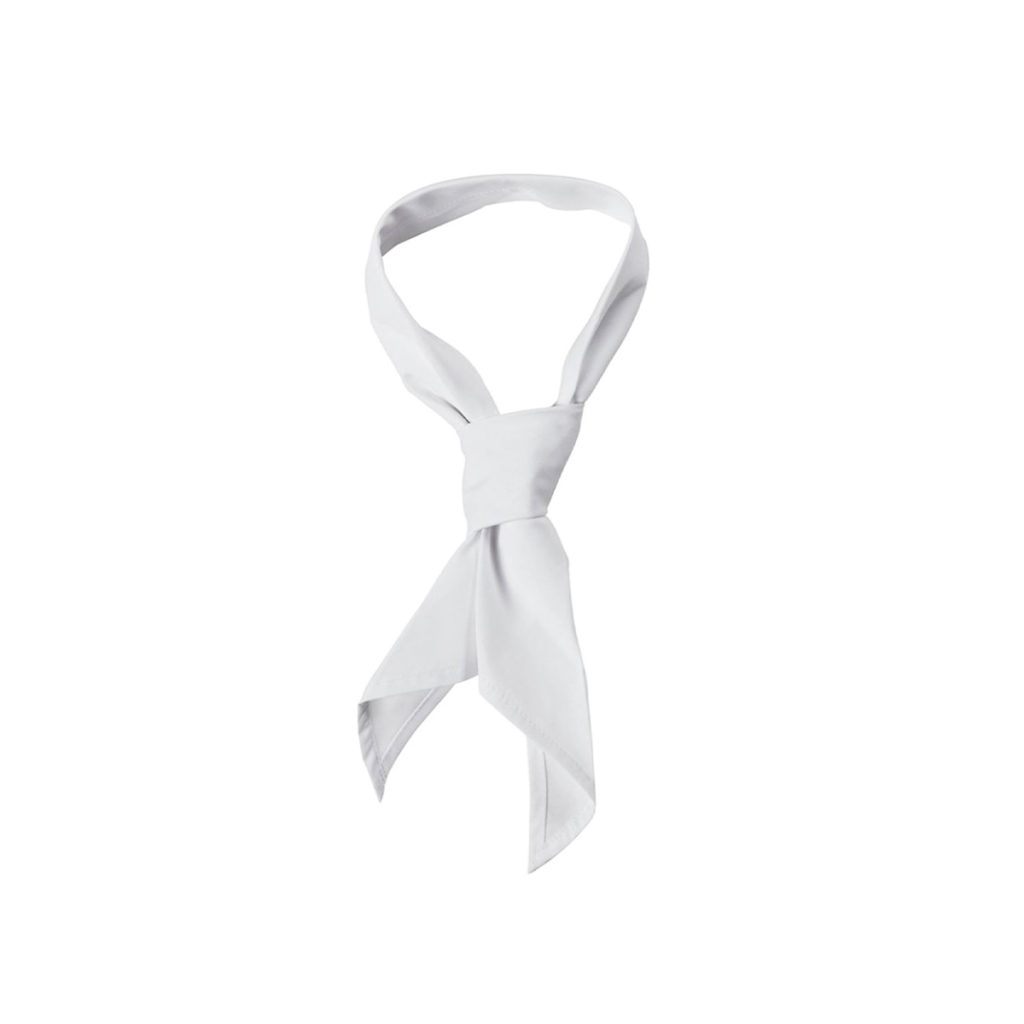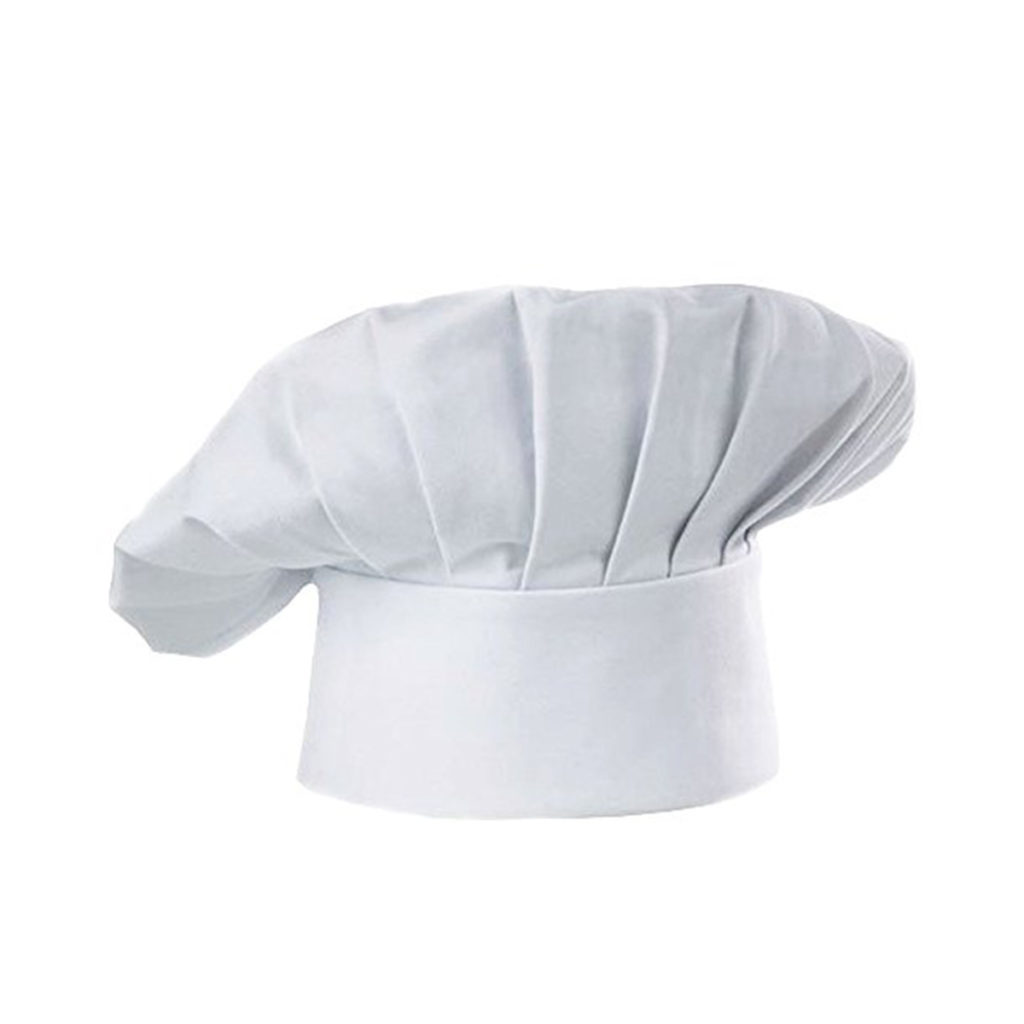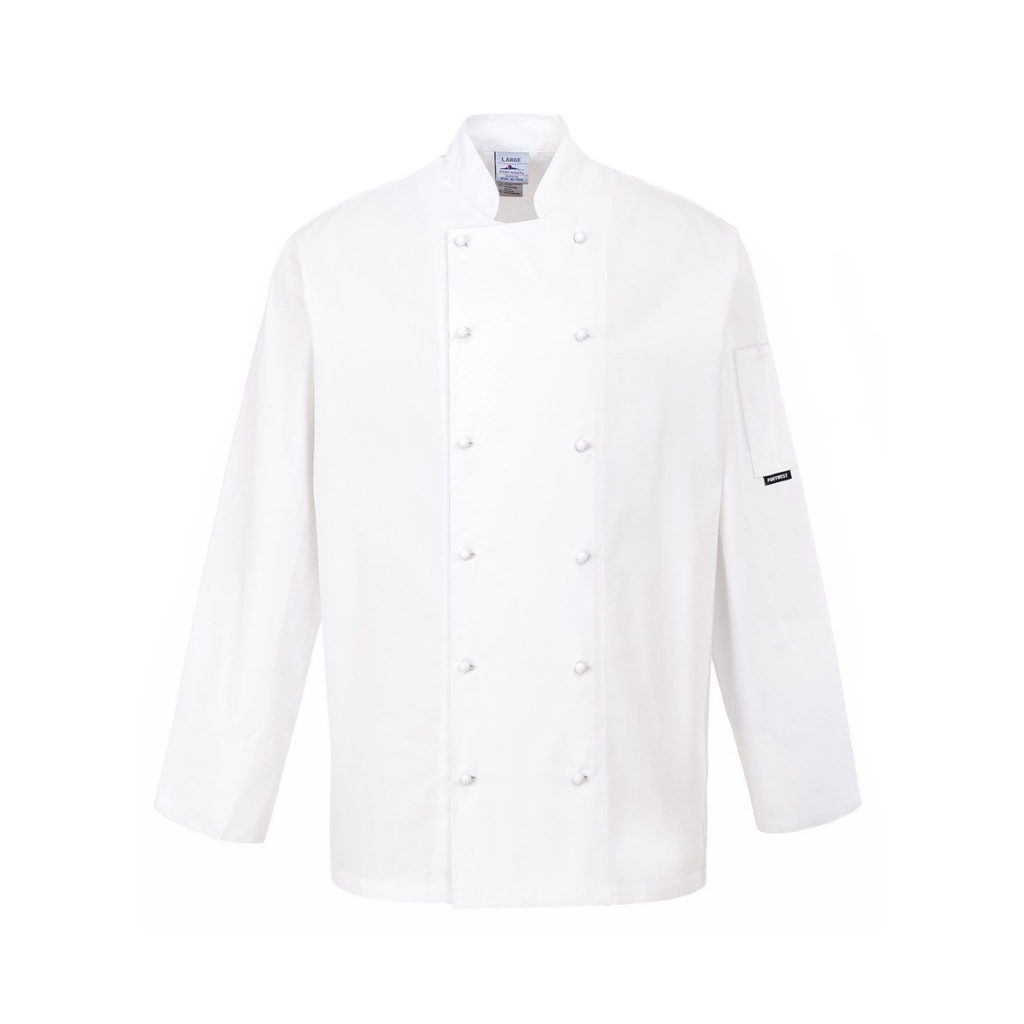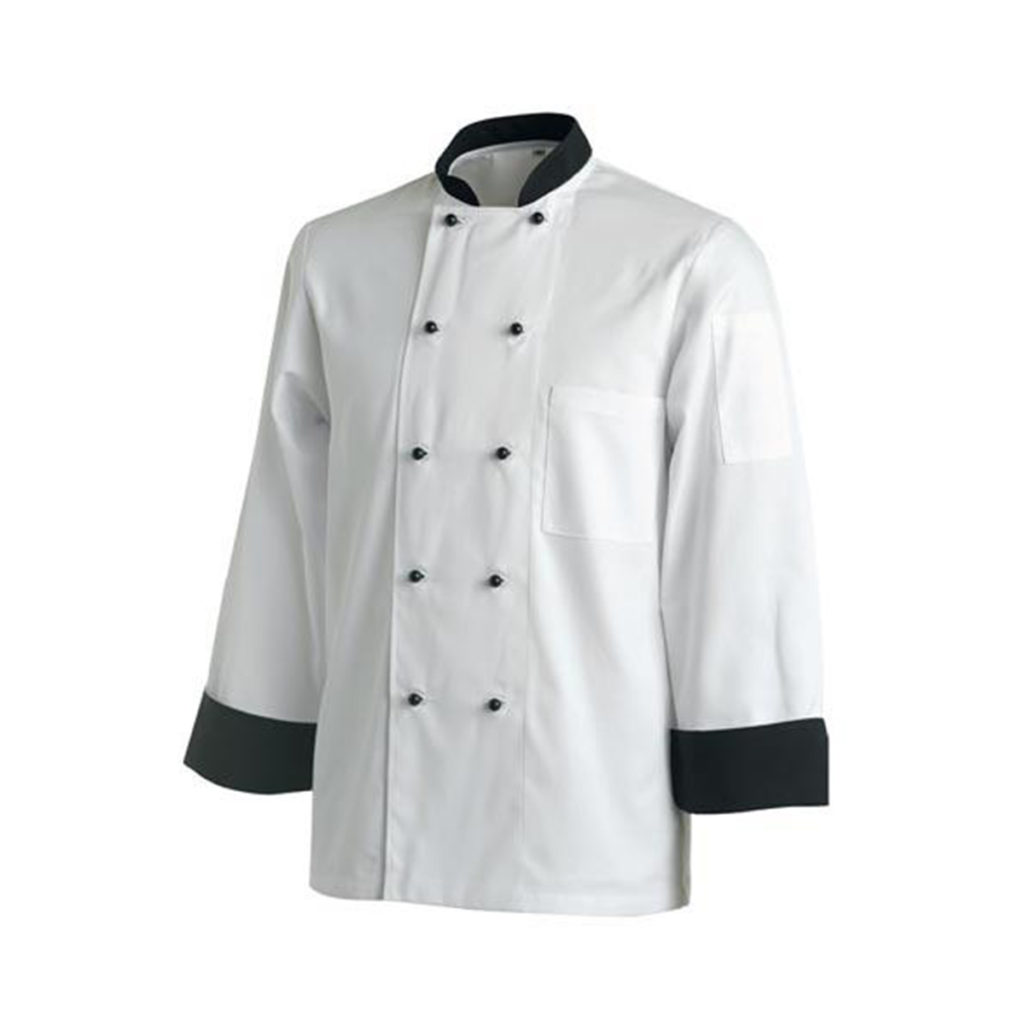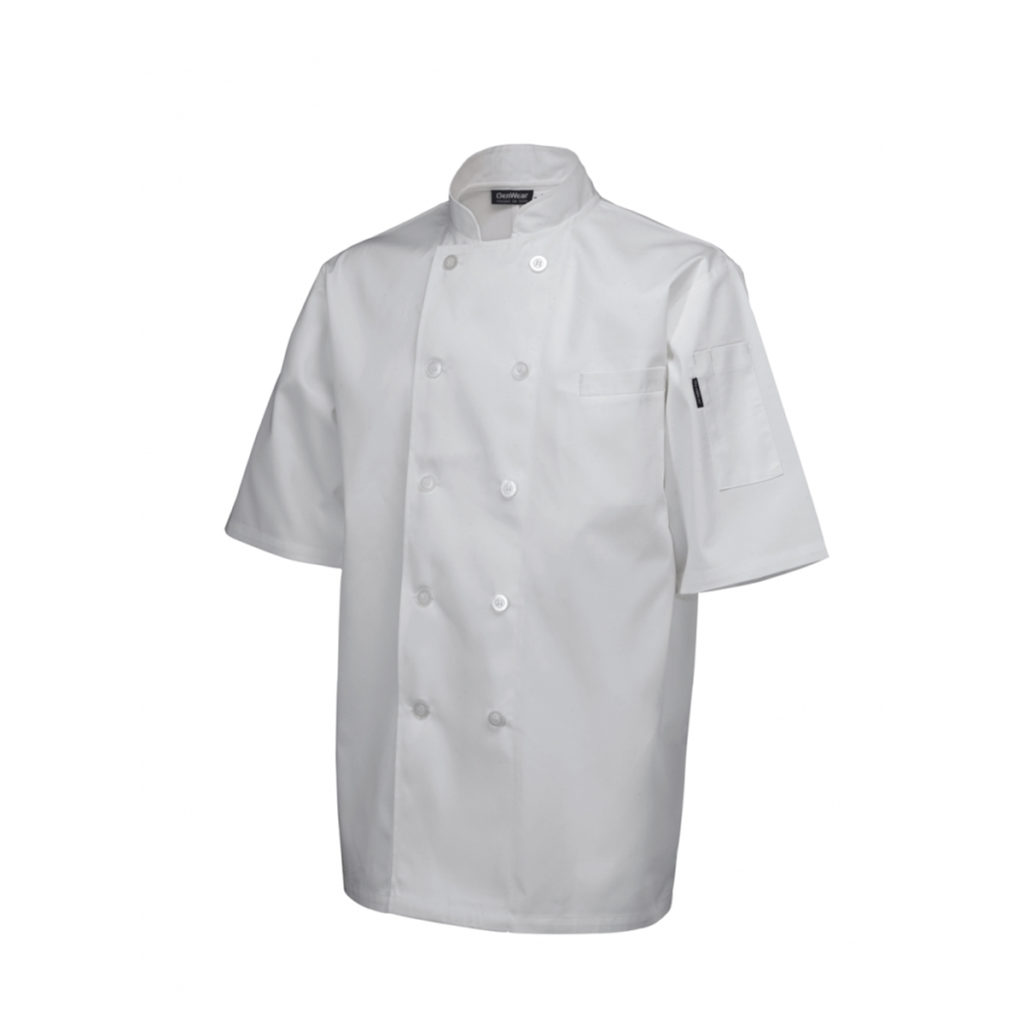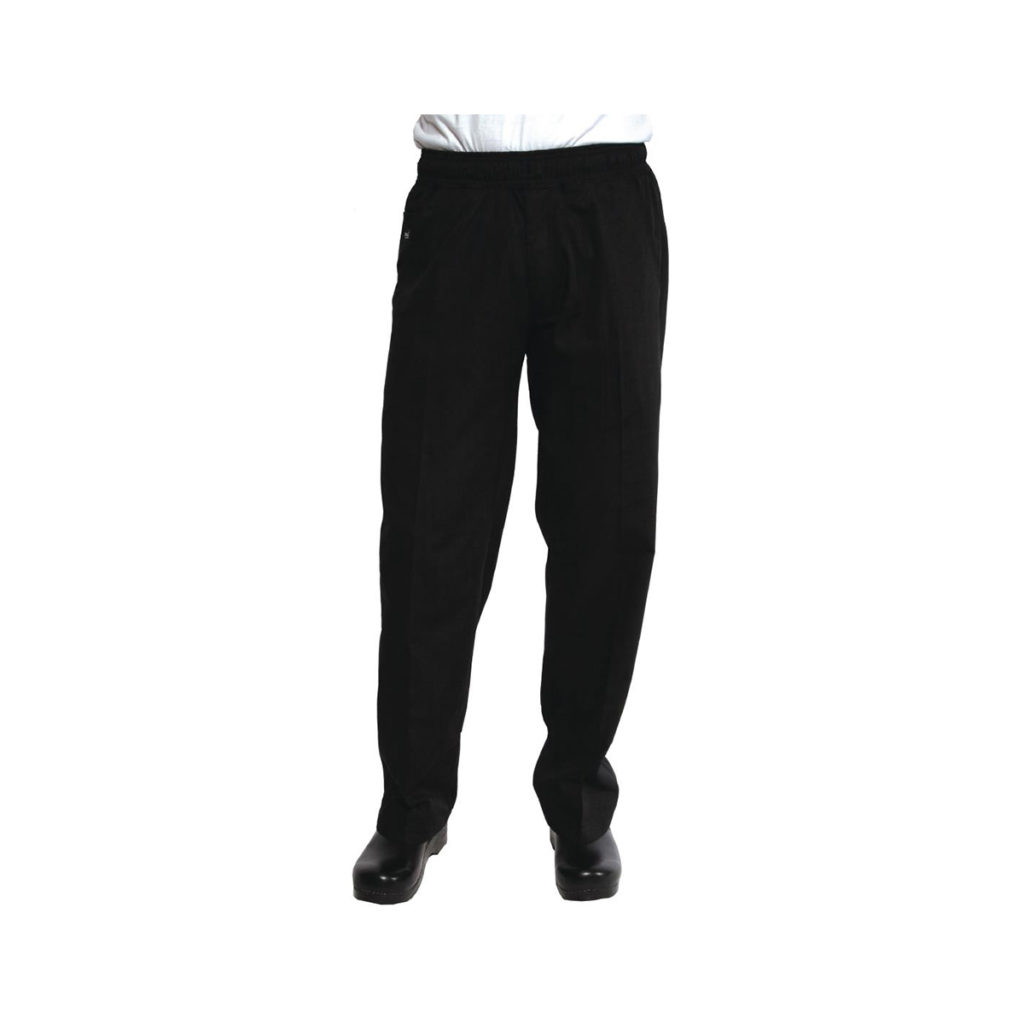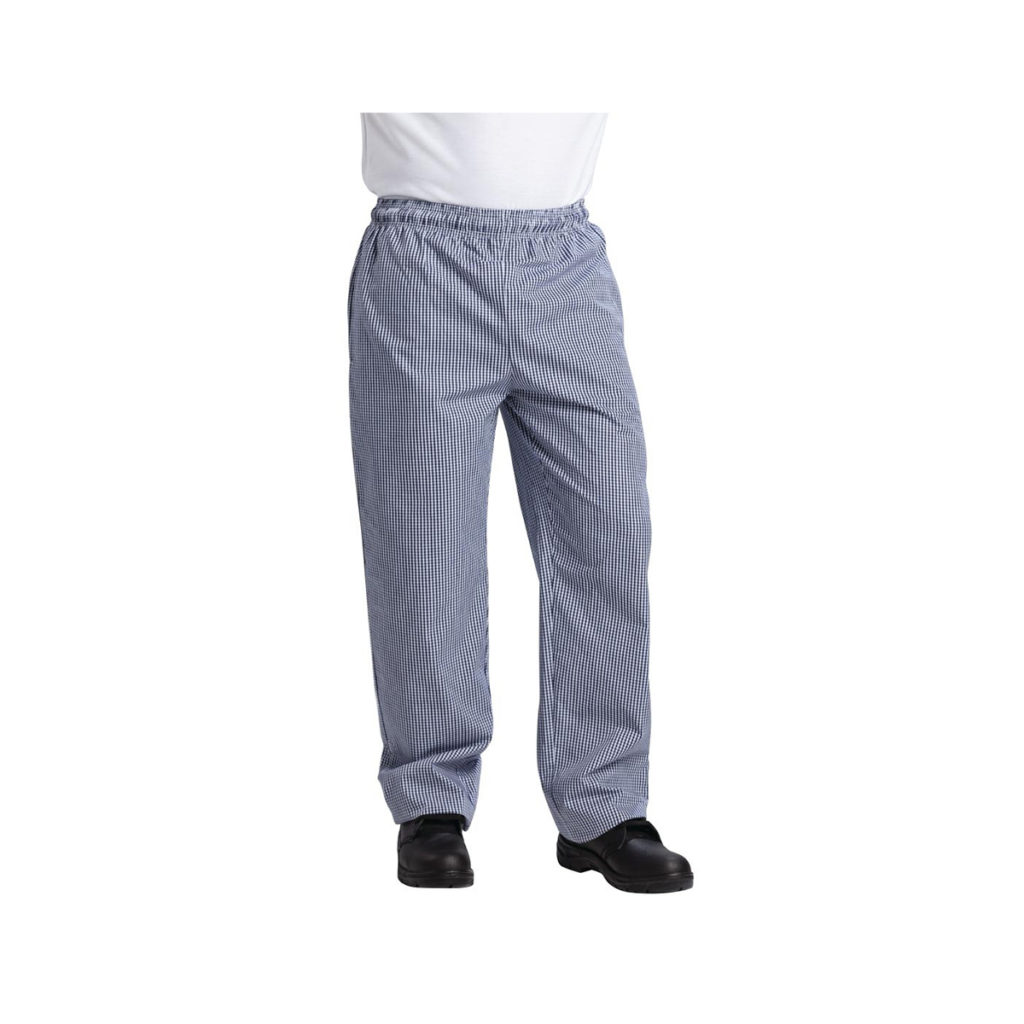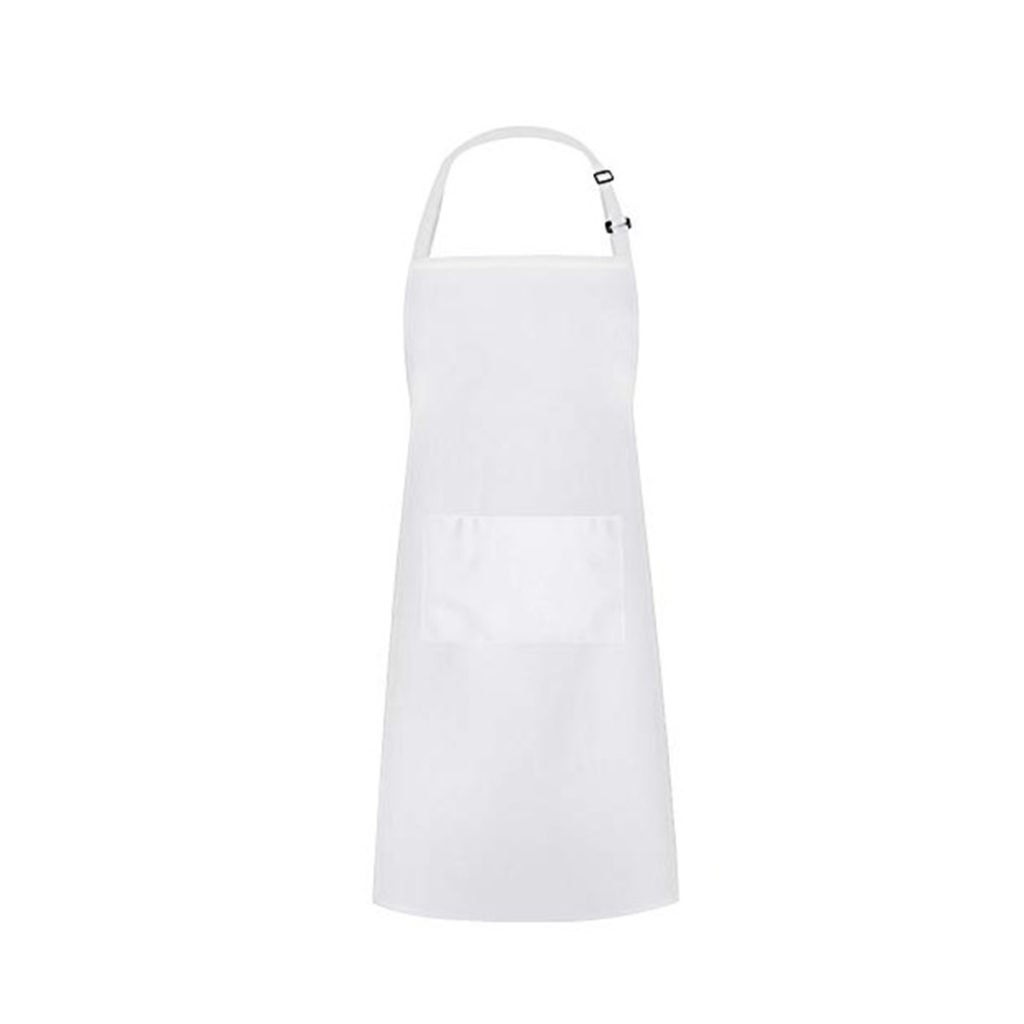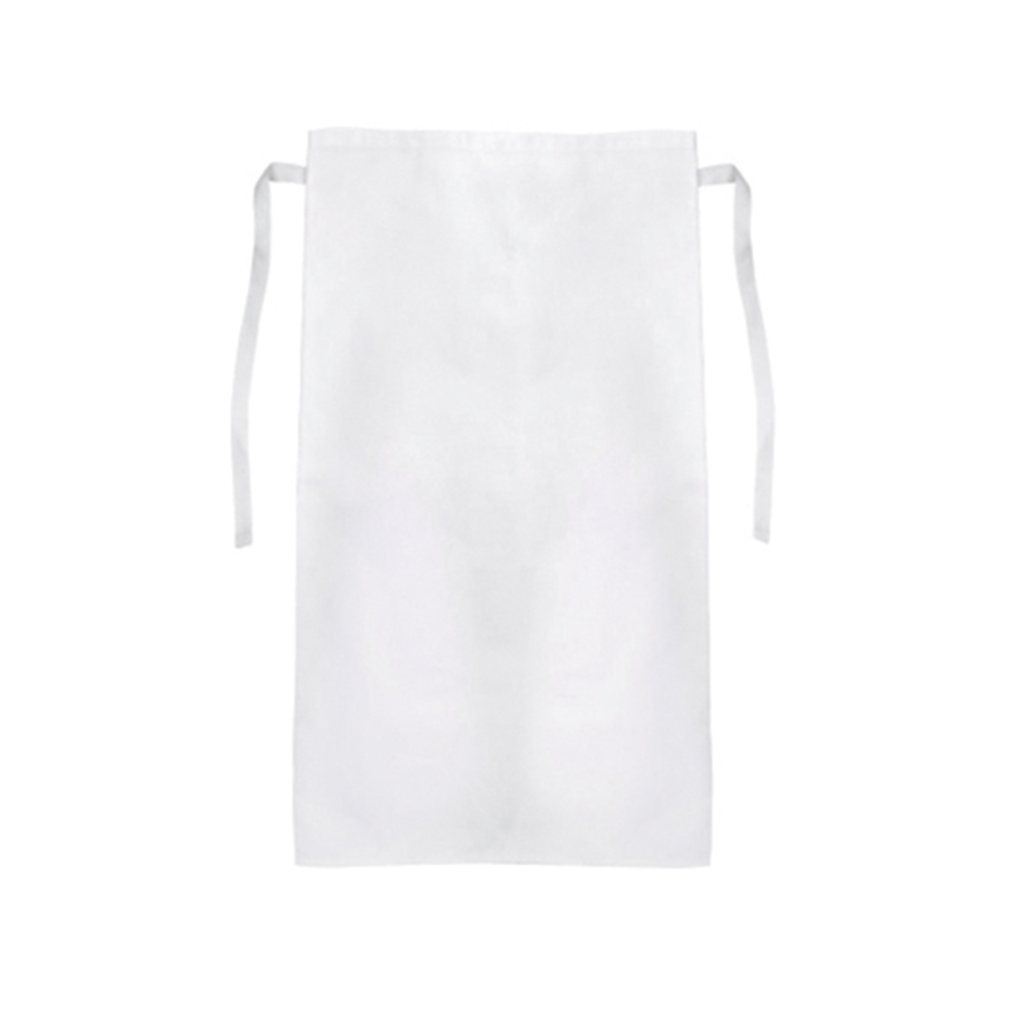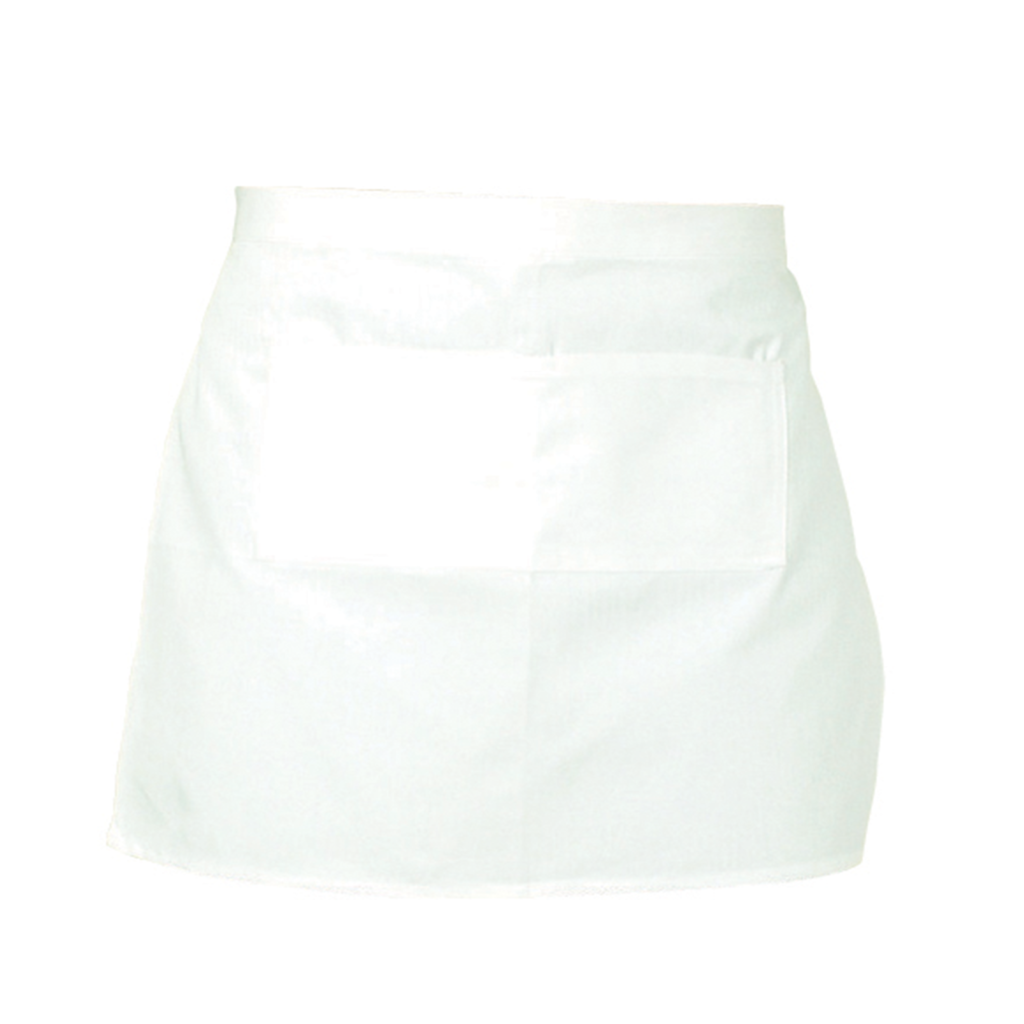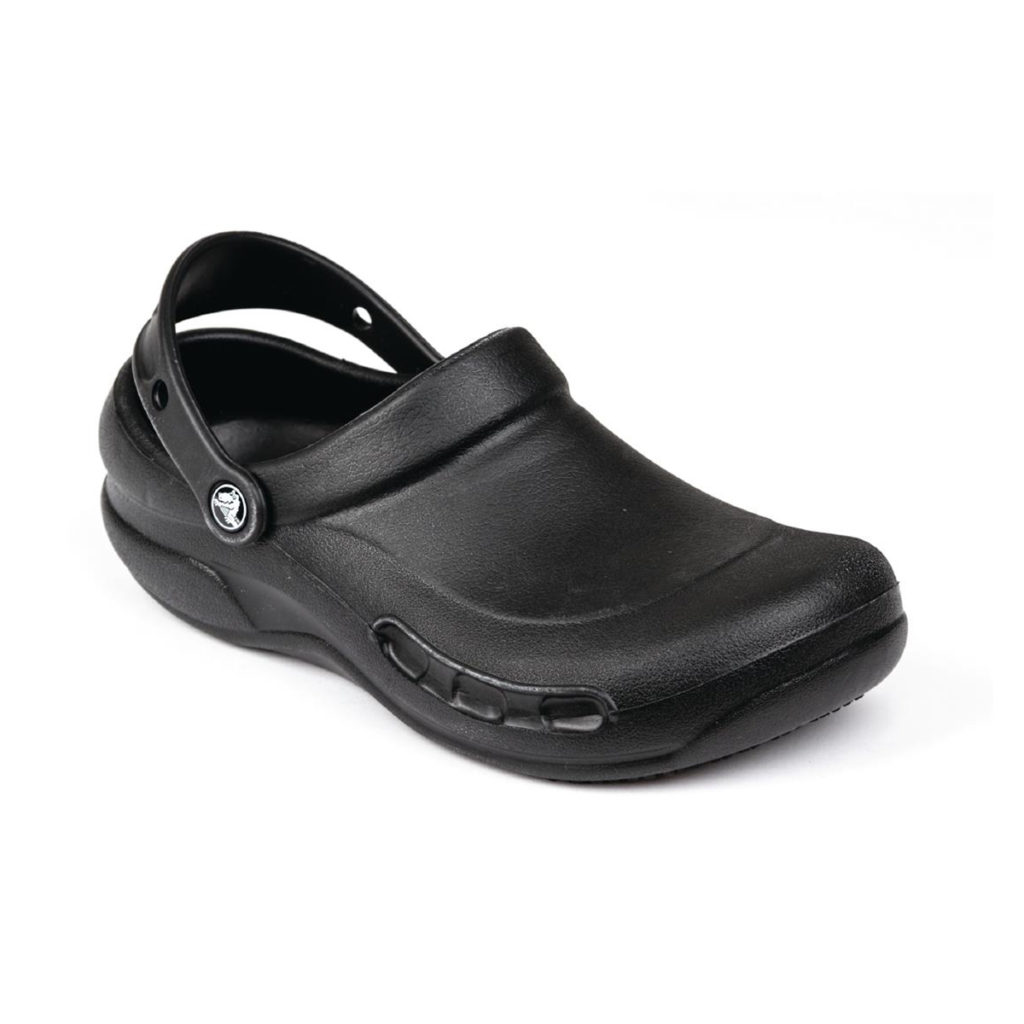Category: Uncategorized
VALENTINE’S DAY DESTINATION

LOOKING FOR A ROMANTIC VALENTINE’S DAY DESTINATION?
We’ve got you covered. From dreamy dates overlooking the Atlantic Ocean to exceptional fine dining in the heart of Umhlanga, here are our top picks from around the country that set the mood for the month of love – all realised with the help of Core Catering Supplies’ top-of-the-line offerings. Get inspired below and find out how you can win a romantic date for 2 at some of South Africa’s most romantic date destinations.
CAPE TOWN

The Twelve Apostles
Located on the coast of Cape Town’s most iconic scenery, the 12 Apostles Hotel and Spa is the ideal destination for a luxuriously romantic sea-side soiree. 12A, as it’s commonly known, features the glitz and glam of world-class hospitality standards with stunning vistas of the Atlantic Ocean and Table Mountain, making it an unforgettable one-of-a-kind destination. Spend a resplendent afternoon with your loved one getting outdoor couples massages with lookouts of the sea whilst sipping on cocktails from 12A’s top-notch Azure bar. 12A’s meticulous attention to detail, accented by Core Catering’s finest, will leave you and your date feeling like royalty whichever way you choose to spend your day.



Celebrate the Month of Love with Core Catering Supplies
Win an unforgettable breakfast for 2 at The 12 Apostles Hotel and Spa to the value of R1000.
All Cape Town checkouts with a minimum order of R500 are automatically entered into our Month of Love raffle. Winners will be announced on the 28th of February so secure your entry today.
JOHANNESBURG

Pronto Italian Restaurant
Treat your date to the sumptuous romance of Italy this Valentine’s day at the infamous Pronto Italian Restaurant in Craighall Park. This award-winning eatery offers a precious selection of authentic Italian classics like arancini, penne salciccia and polenta con polpette excellently paired with an array of both local and international wines.

Even if you can’t make it for this Valentine’s Day, Pronto is the perfect venue for date night thanks to its warm, cozy atmosphere that makes you feel like you are dining in a real Sicilian home. So treat you and your loved one to precious Italian perfection at Pronto – you won’t be disappointed.

Celebrate the Month of Love with Core Catering Supplies
Win an unforgettable dinner for 2 at Pronto Italian Restaurant to the value of R1000.
All Johannesburg checkouts with a minimum order of R500 are automatically entered into our Month of Love raffle. Winners will be announced on the 28th of February so secure your entry today.
DURBAN

The Chef’s Table
In the heart of the Umhlanga village lies one of the finest eateries SA has to offer – The Chef’s Table. Since opening its doors in 2016, this restaurant has dominated the foodie scene, racking up award after award for exceptional food and service. Executive Chef Kayla-Ann Osborne describes the process behind her cooking as focusing on the natural flavours of produce and this philosophy can also be seen in the fine interiors and finishes that accent the space like handcrafted crockery, comfortable wooden seating and an exciting open-plan kitchen – realised with the help of Core Catering Supplies of course.
Take a trip to The Chef’s Table with your significant other during the month of love and indulge in the delights of Griqualand Beef Fillet, Caldhame Duck Breast, Pan-fried Dorado and the like. Round off your dinner with the exquisite and aptly named P.S. I Love You dessert, a dazzling offering of salted caramel, biscuit tuile, Valrhona dolce blond chocolate and vanilla ice cream, for a truly memorable experience.



Celebrate the Month of Love with Core Catering Supplies
Win an unforgettable dinner for 2 at The Chefs Table to the value of R1000.
All Durban checkouts with a minimum order of R500 are automatically entered into our Month of Love raffle. Winners will be announced on the 28th of February so secure your entry today.
HERMANUS

THE MARINE HOTEL
The ultimate romantic gateway awaits at the marvelous Marine Hotel in Hermanus. Thanks to its prime location on the cliffs of Hermanus, guests are treated to a phenomenal view of the Atlantic Ocean where whales frequent during the watching season. With a plethora of luxury amenities at your fingertips like The Carchele Beauty Spa, The Collection Boutique and 2 refreshing saltwater pools, there is never a dull moment at this sumptuous spot.
A definite highlight is the breakfast served at The Pavilion. Here guests are offered a mouthwatering buffet of fruit, freshly baked pastries, local cheeses, cold cuts and more in an edgy 1920s inspired dining room or one of two al fresco dining areas. An à la carte menu is also available with delicious offerings like Spanish Omelets, Berry Compote Waffles and French Toast with crispy bacon bits, maple syrup, cinnamon sugar and toasted pecan nuts.
Those with the taste for fine dining can indulge at the Marine Hotel’s phenomenal Origins Restaurant. With Head Chef Tronette Dippenaar at the helm, guests are treated to the impressive bounty of the Overberg. Seasonal produce and local flavours combine to create marvellous culinary creations that take inspiration from the earth.


KwaZulu-Natal

BRAHMAN HILLS
On the rolling hills of the KwaZulu-Natal midlands where the birds chirp louder and the air seems fresher lies the beautiful Brahman Hills Hotels and Cottages. This luxury destination is the perfect weekend getaway for those who want to trade the hustle of city life for a romantic nature-enveloped experience. With a world-class spa and four restaurants on the property, you are really spoiled for choice.
If a dreamy date is what you’re after, we recommend a visit to the 89 on Copper restaurant. Here you and your loved one can indulge in a delectable menu of mushroom veloute, ostrich fillet, lamb pot pie and more while sipping on complementary wines from SA’s best. With a menu to lust over in charming retro decor, you really can’t find a better spot for a treat during the month of love.



GET TO KNOW CHEFS

The heart and soul of your kitchen is your team of chefs. They are the skilled people who assemble your establishment’s dishes with the utmost care and dedication. Most of us don’t get to look behind the counter to appreciate these masters of the culinary arts in action, which is unfortunate because there is so much more that goes into crafting the food on your plate than you may think. For starters, there isn’t just one chef who is responsible for your meal, rather the chances are that every component on your plate from the meat to the salad dressing has been made by a different chef with specific culinary expertise and each of these chefs have their own title and rank.
There is a long tradition associated with this profession that many of us don’t know about and if you want to assemble a well-working team of cooks and chefs for your business, you’ll need to know the difference between a sous chef and an executive chef as well as the difference between a saucier and a station chef. Luckily, we have put together this handy guide so that you can get to know chefs, what they do and, importantly, what they wear to get the job done.
What Are The Different Kinds Of Chefs?
The cook and chef profession is exceptionally diverse with a number of specialties existence. We’ve created a comprehensive list of the most common types of chefs you’ll encounter but remember not all kitchens will have the entire list in employment, for instance, if you’re running a smaller establishment, it might not be necessary to have all the chefs on the list below; however, formalising the responsibilities of your team according to this list will help you organise and manage a successful kitchen.
Executive Chef
This the boss of the kitchen. As the team leader, the executive chef does not necessarily do all the cooking, rather his or her job is one of oversight, making sure everything in the kitchen is running smoothly. Their responsibility also involves menu planning and experimenting with new dishes. For this reason, kitchens only have one executive chef.
Sous Chef
The sous chef is your executive chef’s right hand and if you have a particularly large kitchen, you may want to employ more than one. Their role in the kitchen is one of micromanaging, making sure every detail of each dish is perfectly prepared and ready for the table.
Pastry Chef
As the name implies, a pastry chef is in charge of pastries, bread and desserts. Naturally, pastry chefs require special training and will only be needed in your restaurant if you sell lots of baking goods and confectionery. Depending on the nature of your establishment, a pastry chef may assume the role of the executive chef.
Station Chef
A station chef usually only works in one part of the kitchen, for instance, the soup, salad or grill station. They work under the sous chef or executive chef to make sure all the food coming out of their station is of the topmost quality.
Saucier
A saucier’s sole responsibility is making and preparing sauces. Though it may seem strange to have a person like this in employment, some types of cuisine, particularly French, are all about the sauce. It is the component that pulls all the elements of the dish together, making a saucier absolutely necessary.
Fish, Vegetable And Meat Cook
We grouped these together because each of these cooks specialise in cooking the type of food they are named after. Fish cooks (poissoniers) specialise in seafood, vegetable cooks (entremetier) mostly prepare soups, vegetables, rice and the like, while meat cooks (rotisseurs) are the mastermind of meat.
Pantry Chef
The pantry chef’s responsibilities include all cold items from salads to cold sauces as well as making sure all dishes look presentable.
The Essentials Of A Professional Chef’s Uniform
A chef’s uniform is instantly recognisable. Normally, a person wearing all white with a double-breasted jacket and a mushroom-shaped hat give it away. But did you know that there are reasons and a pretty interesting history behind these garments?
The traditional professional chef uniform as we know it is because of a well-known mid-19th century French chef called Marie-Antoine Careme. He insisted that chefs must wear white because it symbolises cleanliness – vital in a professional kitchen. Marie-Antoine also created a system of hierarchy for chefs based on their uniform, for instance, the higher one’s hat, the higher your rank. It is rumored that Marie-Antione’s hat was 450mm high and needed cardboard to be kept upright.
These days black has also become a popular colour for chefs as it is more resistant to soiling. But for those traditionalists among us, the professional chef’s uniform has stayed pretty much the same for a very long time and for a good reason. Here’s why:
The Chef’s Hat
The chef’s hat is perhaps the most recognisable item of a professional chef’s uniform. Traditionally, the more pleats the hat has and the higher it stands shows the chef’s seniority, level of knowledge and expertise. Besides indicating the status of the chef, it also serves a practical purpose by preventing hair from falling into food as it’s prepared.
The Chef’s Jacket
Chef jackets are all about functionality. They need to be made from tough, breathable material that insulates the chef from heat and any dangerous splashes. Wearing a long sleeve or short sleeve chef’s jacket comes down to a matter of personal taste. Short sleeves are cooler, while long sleeves are more protecting. Chef’s jackets are also double-breasted and reversible for extra insulation and to quickly flip over should the jacket become stained.
The Chef’s Pants
Chef’s pants are long and baggy to assist with movement and protect against hot spills. The traditional chef’s trousers feature a two-toned, black and white pattern as it is believed this combination is best at hiding stains and dirt.
The Chef’s Apron
The chef’s apron is not part of a traditional chef’s uniform but these days they have become really popular as an added layer of protection from heat and stains. These aprons typically feature large pockets to enable the safe storage of essential kitchen tools.
The Chef’s Shoes
The two most important factors to consider when it comes to choosing chef shoes are comfort and safety. Professional chefs are on their feet for most of the day so they need well-fitting shoes that have good shock absorption. For this reason, many chefs love to wear Crocs – the ultimate in comfortable shoewear.
BLACK BISTRO CROCS
Now you’re ready to kit out your kitchen staff with some professional uniforms. Thanks to many years in the industry, Core Catering Supplies has compiled a great variety of chefwear to choose from including jackets, shoes, hats, trousers and more, ensuring your team looks neat, tidy and professional. Browse our collection online or for some personal assistance, contact us today and our experienced staff will help you with anything you may need.
BRING THE SPARKLE TO CHAMPAGNE SERVICE

There is absolutely nothing more celebratory than a glass of champagne. The entire ritual, from the moment you pop the cork till the moment you pour, creates a level of excitement no other drink can match. With a variety of champagnes, MCCs and sparkling wines on the market from the sweet to the dry, there really is a bubbly for everyone. So why not take your champagne service to the next level?
In this comprehensive guide, we’ll show you how to bring show-stopping sparkle to champagne service. Ever seen a champagne tower and wanted to try it? Wondering how to pop a cork with a saber? These may seem difficult to do but they are in fact much simpler than you think. Discover these tricks of the trade and transform your next celebration into an unforgettable soiree.

Add The Sparkle In Sparkling Wine
If you’re looking for something a little simpler, there are several easy things you can do to make your champagne more special. Instead of pairing your bubbly with hor d’oeuvres, you can incorporate those flavours right in the glass. For example, you can add sugar to the edge of the glass for a pop of flavour or chill your drink with frozen berries for pops of sweetness. Just remember to only use ingredients that complement the flavour profile of your bubbly. In general, this means fruit, candy or any other sweets.


How To Build Your Own Champagne Tower
One of the most impressive and awe-inspiring tricks of the trade that really brings the wow-factor to any occasion is a champagne tower. A glass of bubbly by itself is already a cause for celebration but when served in a tower it takes to a whole new level of style and class. At first glance, this may seem like a difficult and possibly messy affair but if you follow our step-by-step guide, you’ll see how simple it really is.
Step 1 – Stock Up On Coupe Glasses
To create a tremendous tower, you will have to use identical coupe glasses. Champagne flutes won’t stack as easily and when it comes to pouring your bubbly, it’s a mess waiting to happen.
Step 2 – Construct The First Level
To construct the tower, you need to create squares that get successively smaller as the tower rises, for instance, the first level can be four by four glasses followed by the next level of three by three, the next two by two and the final, a single glass that sits at the top. Make sure that each glass is as close to the other glasses as possible. If this is done correctly, you should have a diamond shape in the middle of every four glasses touching. Also, it is vital that you build the tower on a sturdy surface unless you want bits of glass all over the floor.
Step 3 – Complete The Tower
After completing the first level, move on to the next. Place the centre of each glass’ stem directly in the centre of the diamond created by the touching glasses on the lower level. Continue following this process untill you have your single glass sitting at the top of the tower.
Step 4 – The Pouring
For the final step patience is key. Pop the cork of your favourite bubbly or, for something even more spectacular, saber the bottle (we’ll explain this terrific trick below) and slowly pour the champagne into the top glass of your tower. Overflow the glass with champagne so that it trickles down into the glasses below until all the glasses are filled. It takes about one bottle of bubbly to fill 5 glasses.
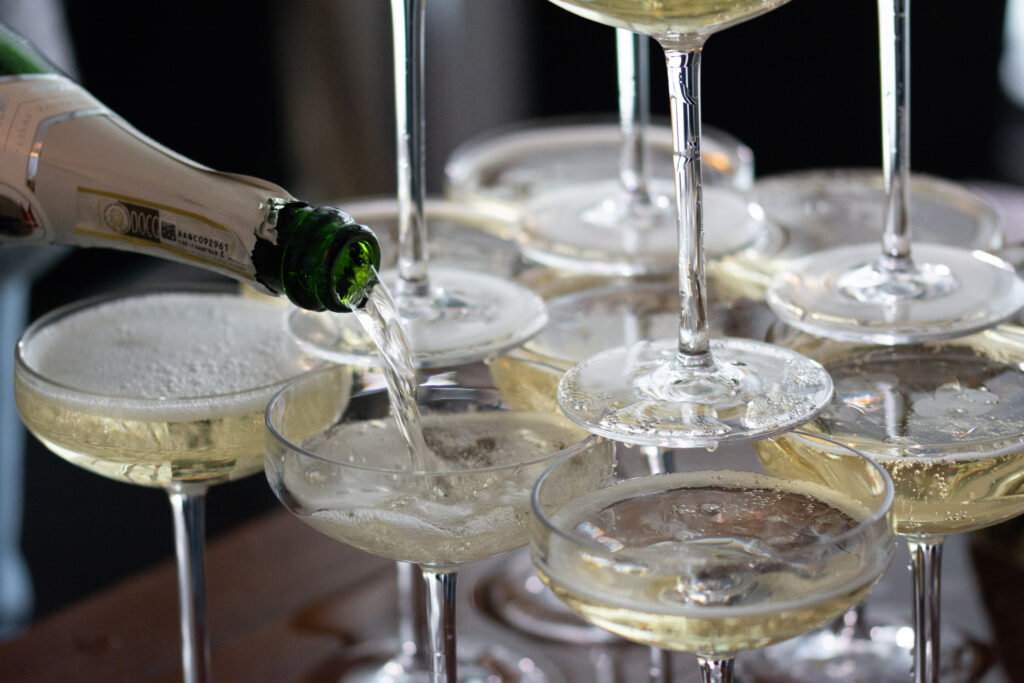
How To Saber Champagne
Sabering a bottle of champagne is a neat trick that is sure to leave your guests awestruck. This method of serving champagne dates back to the times of Napoleon’s crusades. After every victory his army would celebrate by drinking champagne, using the easiest method at hand – their swords. Daring but really not that dangerous, all you need to pull off a sabrage is a saber or dull knife.
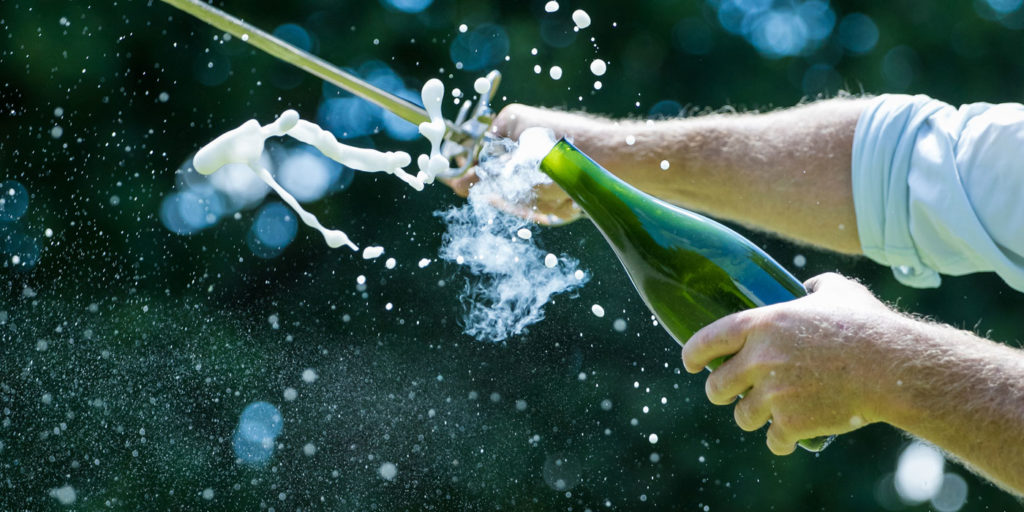
Step 1 – Chill Your Champagne
Make sure to chill your bottle of champagne before you decide to open it. Glass becomes more brittle at cooler temperatures so it makes it much easier to open. Simply pop the bottle in the fridge to cool or put in a bucket of ice for about 10-15 minutes.
Step 2 – Ready The Bottle
Once chilled, you must remove the wire fastener and any foil that might be over the cork. Next, you must Locate the seam on your bottle, this is the line that runs down the side and it’s also the weakest part of the bottle.
Step 3 – Pop The Cork
Hold the bottle firmly at a 45-degree angle with the top of the bottle facing away from you and your guests. Using your other hand, place the knife flat against the bottle with the blunt edge facing the lip. Run the blade along the seam and then in a quick and firm motion thrust the blade forward up the seam toward the lip of the bottle – viola!
If your sabrage was successful, the cork should break off and champagne will spill out the opening. Make sure to pour a little of you bubbly out before serving guests so that no glass shards get in their drink.
Get To Know Champagne Glasses
Before we can get into the details of our service tricks, you’ll need to familiarise yourself with the different styles of champagne glasses we offer because some glasses are a better fit for certain feats. In general, you will find that the typical champagne glass features an elegant upright design with a narrow bowl to preserve carbonation and flavour – but there is more to it than that.
Champagne Flute
The champagne flute has a short to medium-length stem with a long, narrow, upright bowl. This shape helps to retain carbonation while the bead at the base prompts bubbles to gather and rise quickly. It is best suited for young sparkling wine or champagne, including Cava, Franciacorta, Prosecco, and Asti.

VINA CHAMPAGNE FLUTE
By Libbey

PERCEPTION CHAMPAGNE FLUTE
By Libbey

FORTIUS CHAMPAGNE GLASS
By Libbey
Tulip-Shaped Glass
Best suited for young or mature champagne, like Cava, Franciacorta, Prosecco and Asti, the tulip wine glass has a slim base with a wider bowl that narrows towards the opening. The bead at the base makes bubbles rise, while the wideness allows room for flavour complexities to open up. Its narrower top prevents excess carbonation from escaping while directing aromas towards the tongue instead of up the nose.

MASTERPIECE GOLD LABEL PROSECCO GLASS
By Luigi Bormioli

DIAMANTE CHAMPAGNE/PROSECCO GLASS
By Luigi Bormioli

ATELIER CHAMPAGNE FLUTE
By Luigi Bormioli
Coupe Glass
The vintage coupe glass is suited to sweet champagne, Cava, Franciacorta or Prosecco and can also be used to serve cocktails. It is a stemmed glass with a short, broad, shallow bowl. They were originally used during the roaring 20s to serve bubbly dessert champagne that was made with a heavy dosage of syrup. Its bowl enables the wine to come in contact with plenty of air and its unique shape allows you to create one of the most impressive champagne service feats – the champagne tower.

SPKSY COUPE GLASS
By Libbey

VINTAGE 1924 COUPE GLASS
By Libbey

PERCEPTION COUPE GLASS
By Libbey
Ready to ramp up champagne service? Then Core Catering Supplies is the best place to start. We have an impressive range of classic and contemporary champagne glasses, bar accessories and whatever you may need for your bar. As the exclusive suppliers of Libbey glassware in South Africa, we bring the world’s best to your door. Revitalise your bar with our collection of premium products.
UNHAPPY

THANK YOU FOR DOING OUR SURVEY!
WE ARE SORRY YOU ARE UNHAPPY WITH OUR SERVICE.
Please tell us how we can improve
NEUTRAL SERVICE

THANK YOU FOR DOING OUR SURVEY!
WE ARE SORRY TO HEAR YOU ARE UNHAPPY WITH OUR SERVICE.
Please tell us how we can improve
THANK YOU




















